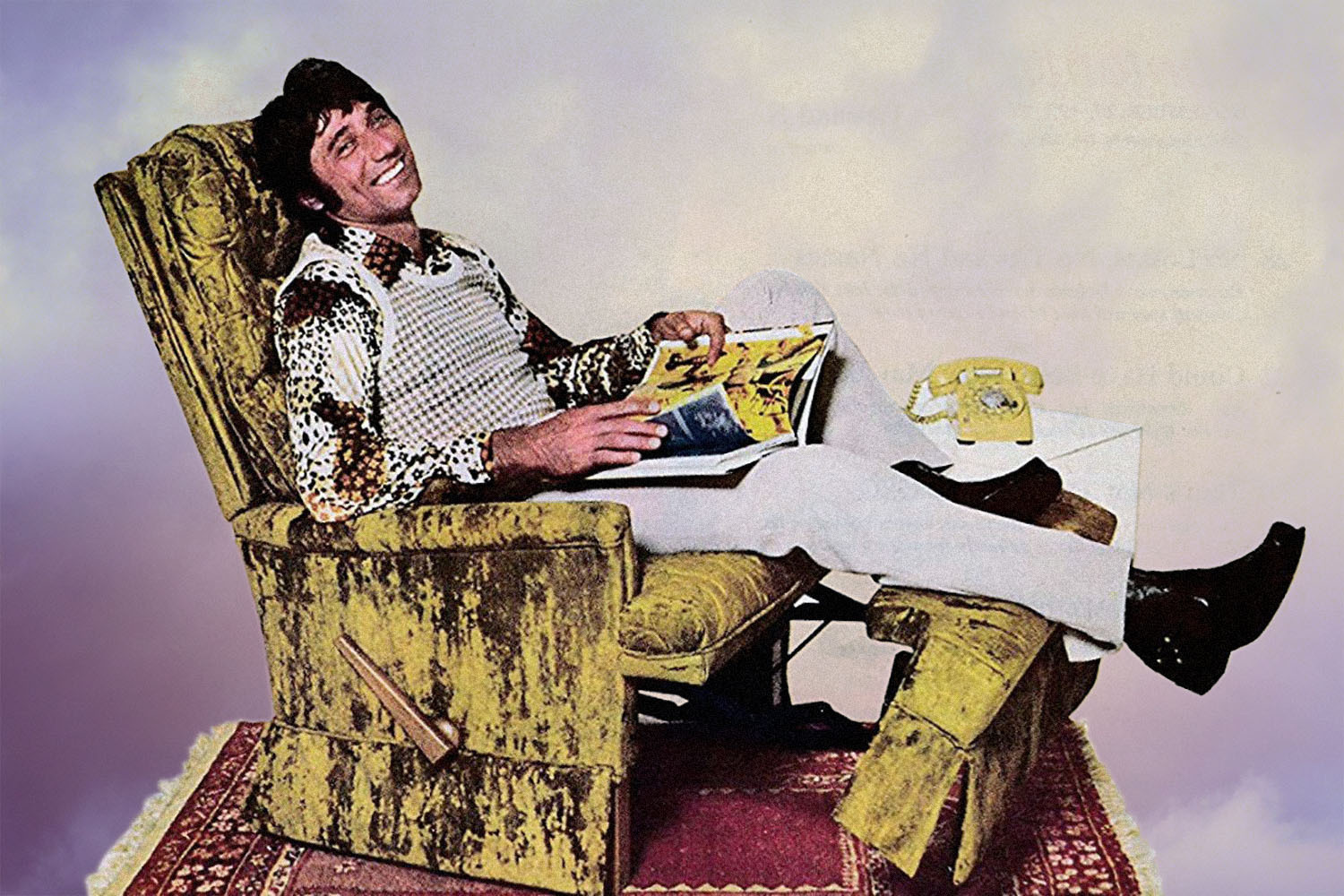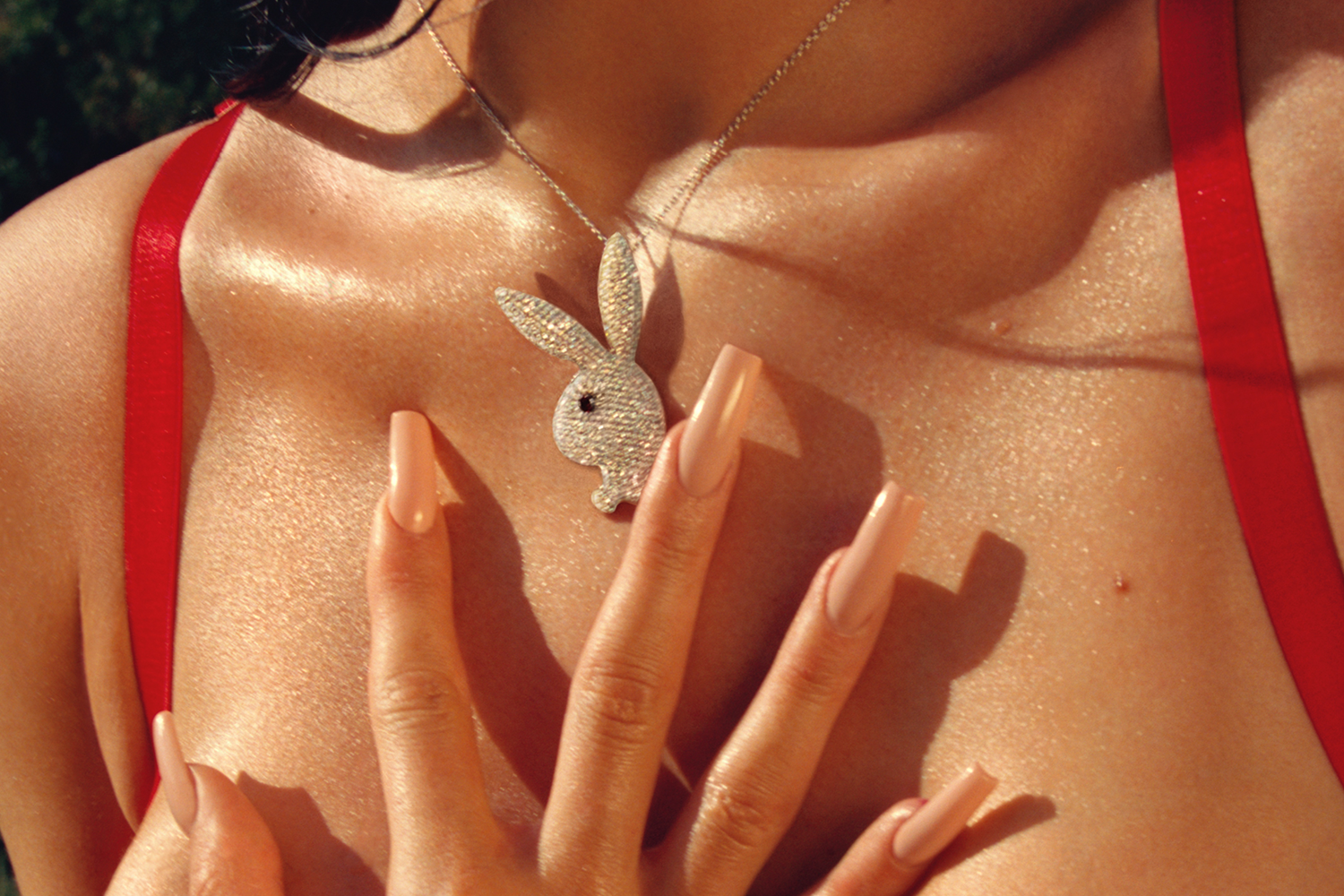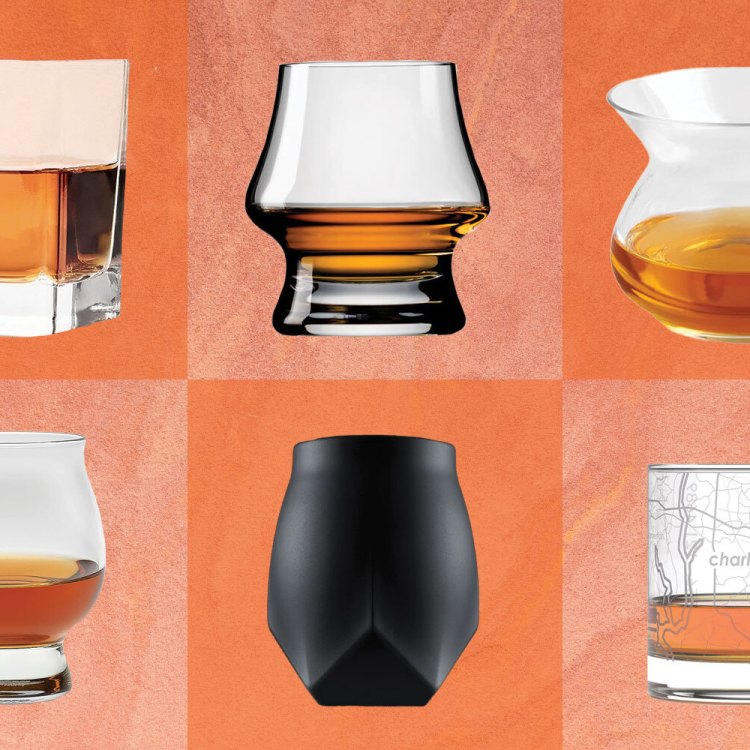At some point in the late 1980s, my parents purchased a waterbed. This did not make them terribly unique among mattress consumers of the era, with waterbed sales making up roughly 22 percent of the market in 1987. It did, however, make my parents the butt of plenty of adolescent sniggering on the part of my older cousins, which they refused to explain to me.
It wasn’t until many years later, well after my parents finally upgraded from waterbed to Sleep Number in the early 2000s, that a critical question occurred to me: Is the waterbed a sex thing?
The short answer — one so readily available that an inquiring mind need do no further research than simply Command-F-“sex” on the waterbed’s Wikipedia page — is yes, the waterbed is a sex thing.
Of course, beds in general have long maintained at least some kind of broad sexual association, sometimes even functioning as a euphemism for sexual activity itself, i.e. “What do you like in bed?; How to talk dirty in bed,” etc. So what made the waterbed, specifically, an icon of sexuality while its memory foam and spring-based counterparts remained relatively chaste?
By most accounts, much of the waterbed’s sex-symbol status was in the timing. Designed by Charles Hall in 1968 and born into an era of radically shifting sexual mores, the waterbed almost inevitably became a material embodiment of the increasingly fluid sexuality of the late ’60s and ’70s — “an invention of the era of free love and a greater openness to sexual expression,” as Mark Miller, chairman of the Specialty Sleep Association, puts it. Hailed “The Bed of the Sexual Revolution” in a 2010 Atlantic article charting the waterbed’s rise and precipitous fall as the it-bed of the latter half of the 20th century, the waterbed’s sexual association was immediate and persistent, far outlasting the bed’s actual popularity.
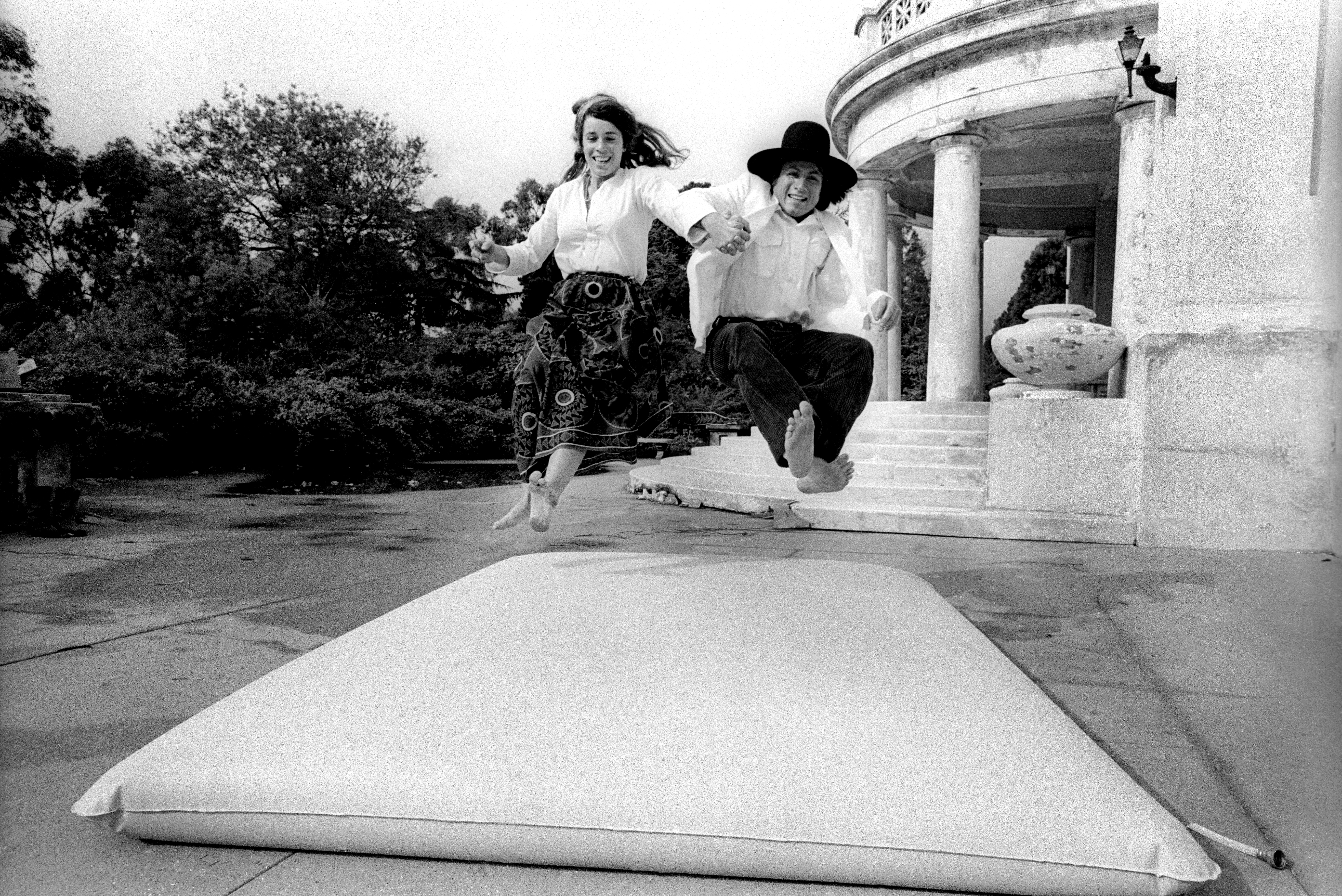
“The waterbed was a reinvention, taking something functional and utilitarian and making it resemble an ideology of a time period,” says anthropologist and sexual culturalist Sarah Forbes, former curator of the Museum of Sex and author of Sex in the Museum. “In many ways, the waterbed is a great early example of a ‘lifestyle’ product,” Forbes tells InsideHook, adding that marketers were quick to seize the bed’s potential for sexual innuendo. “Two things are better on a waterbed,” an infamous ad from 1970 declared. “One of them is sleeping.”
That particular point is disputed by writer and anthropologist Brian M. Fagan, the author of What We Did in Bed: A Horizontal History. While “no expert on waterbeds,” as he stresses, he did manage to collect his share of firsthand experience during the waterbed’s heyday.
“Did I have sex on a waterbed? Yes, several times,” says Fagan, despite not having been asked. “But it was not much fun. One rolled around a lot and the thing was unstable at passionate moments.”
Miller, for his part, disagrees, suggesting the “ebb and flow of the bed” enchanted buyers with “the notion your love-making was easier — every third stroke being free.”
But while the quality of waterbed sex may be disputed, the bed’s inherent sexiness was not. Throughout the 1970s and early ’80s, the bed remained “adventuresome, to some people even kinky,” says Fagan. Hugh Hefner reportedly had not one, but two custom waterbeds, outfitted in green velvet and Tasmanian possum hair, bolstering the waterbed’s reign “at the forefront of swinging cool at the time,” says Miller. Waterbeds were novel, they were fun, they were sexy. The waterbed was, as retailer David Klein told the New York Times in 1986, “a countercultural item … not the bed your parents had.”
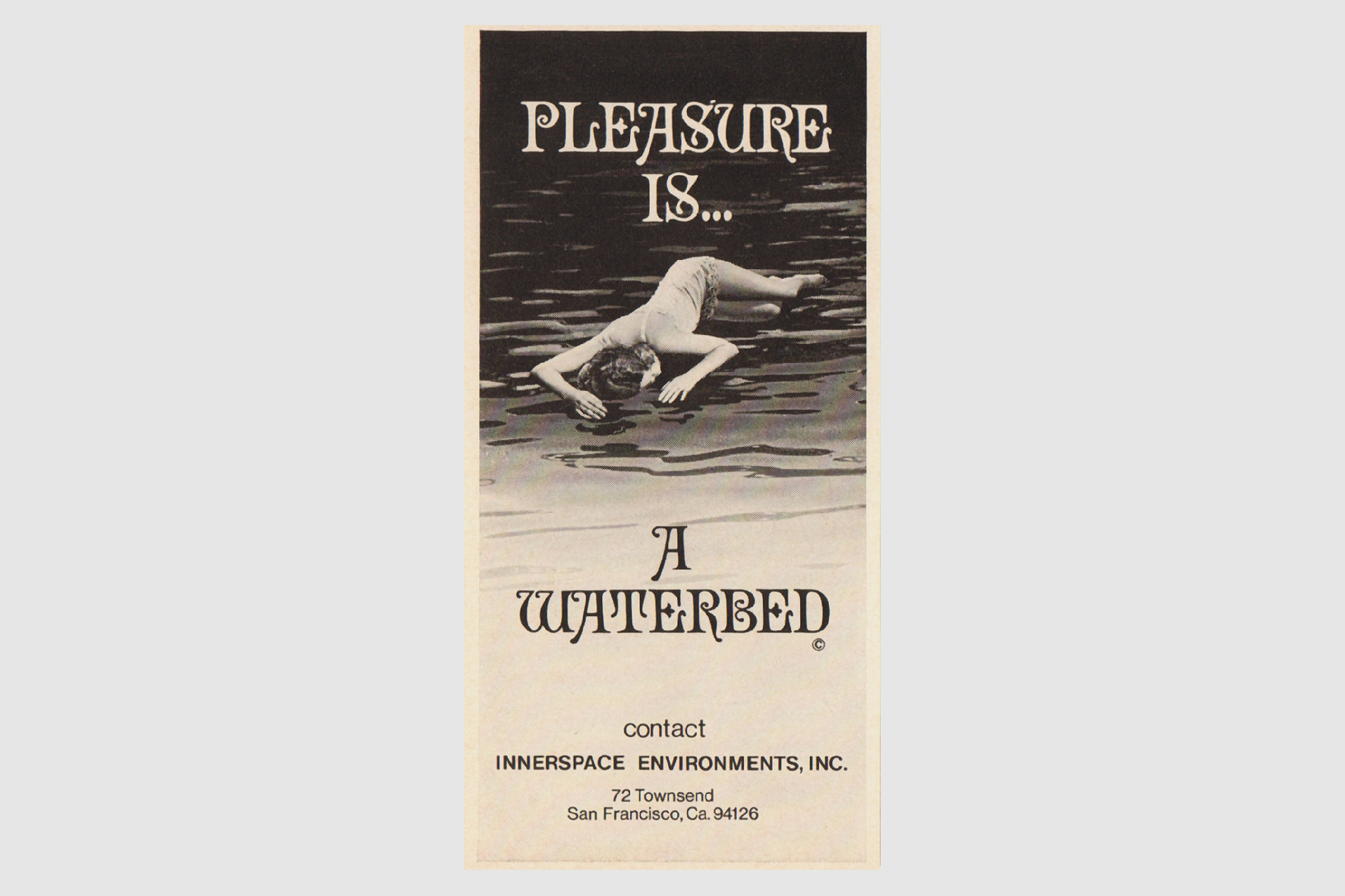
By this time, however, as the waterbed approached the height of mainstream popularity, the product was beginning to show signs of aging out of its roots as a symbol of free love. This was partly out of necessity. Twenty years after the waterbed’s debut amid the sexual revolution, the cultural pendulum had made its inevitable swing, finding the country under a generally more conservative climate. As Alan Dundes, professor of anthropology and folklore at the University of California at Berkeley, told the Times, “The country is in a different mood now than in the 1970s. There is a movement of conservatism.”
If the waterbed wanted to remain a fixture in the increasingly conservative suburban bedrooms of the era, it was going to need to drop its racier associations — a task made easier by the fact that the item’s sexual intrigue was beginning to fade anyway.
“Many trends emerge on the sexual fringes of society where they are socially taboo, and therefore exciting. As these come into the mainstream, they often lose this energy,” Forbes tells InsideHook. “It’s like gentrification — what was gritty and up and coming loses its pulse once too many people move into the area and change that character.”
Ultimately, the waterbed failed to make a smooth transition from sexual icon to respectable piece of furniture. “There was always a continuing, if not haunting, association with the hippie culture and era,” says Miller. “In many ways, the waterbed became trapped in the wavy gravy barnyard furniture stigma.” While the waterbed couldn’t fully rehab its image, its residual sexiness was becoming dated and tawdry — like Hefner himself, the waterbed became a relic of a bygone era of sexuality.
The wink-and-nod sex appeal that had pushed sales in the ’70s and early ’80s became a taboo that hindered rather than helped retailers in successive decades. Waterbed profits dropped precipitously in the 1990s, and by 2010 a Washington D.C.-based salesman told The Atlantic he had to trick customers into even considering buying one.
That said, hope of a great 21st-century waterbed renaissance may not be entirely lost. Founded in 2018, Afloat offers consumers a modern update to the waterbed, designed by none other than the original waterbed inventor himself, Charles Hall. Marketed as “the new waterbed,” Afloat hopes to bring the waterbed back into the bedroom as a serious competitor to the other forms of sleep technology that displaced the waterbed decades ago, while leaving the product’s campy sexual history behind.
“My impression is that waterbeds have moved a long way from the original era of sexuality,” says Fagan. “But the reputation still lingers, despite the fact that they have gone up-market.”
Nevertheless, he adds, “I have the impression that they are enjoying something of a comeback. Perhaps the sex is better these days!”
Whether you’re looking to get into shape, or just get out of a funk, The Charge has got you covered. Sign up for our new wellness newsletter today.

